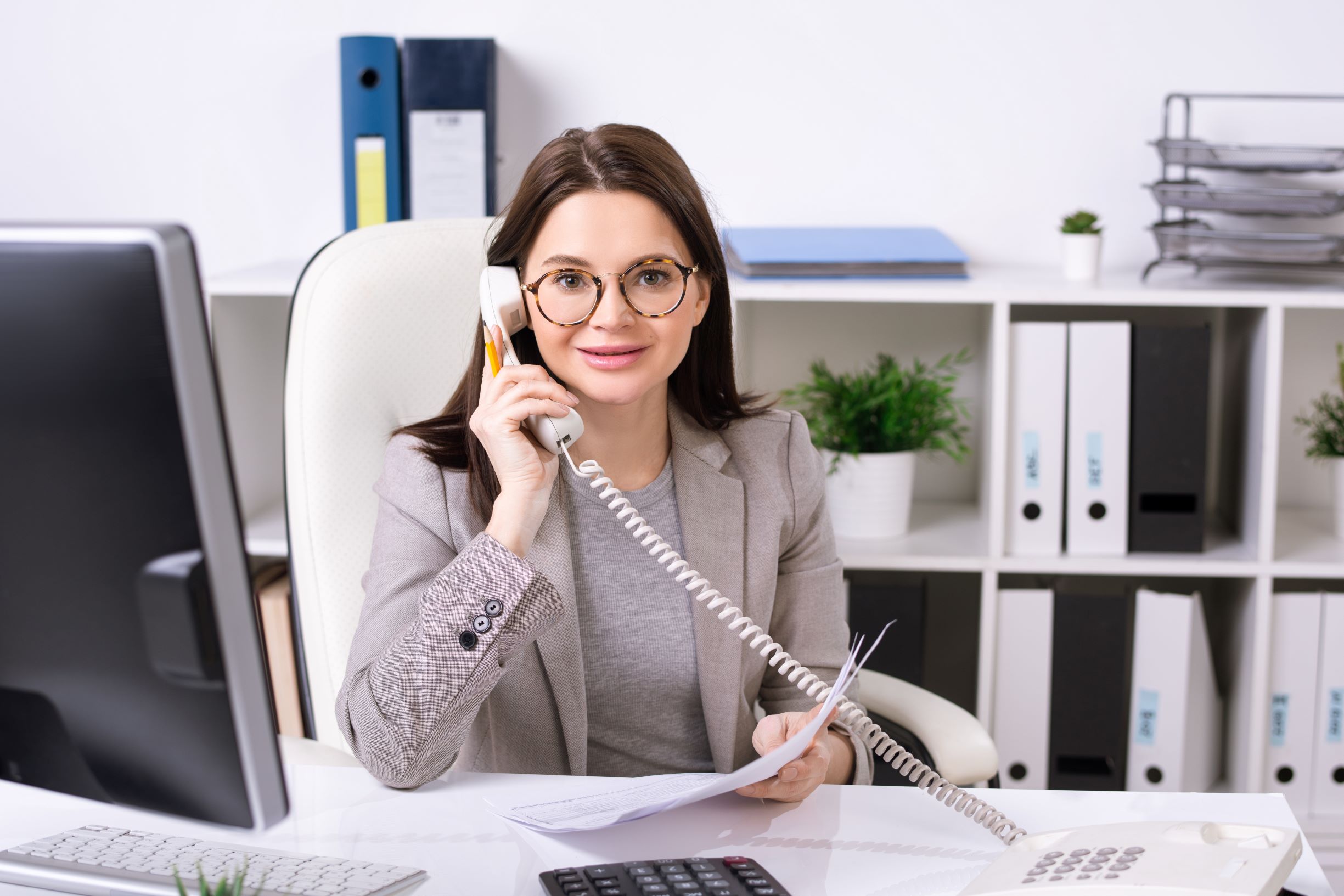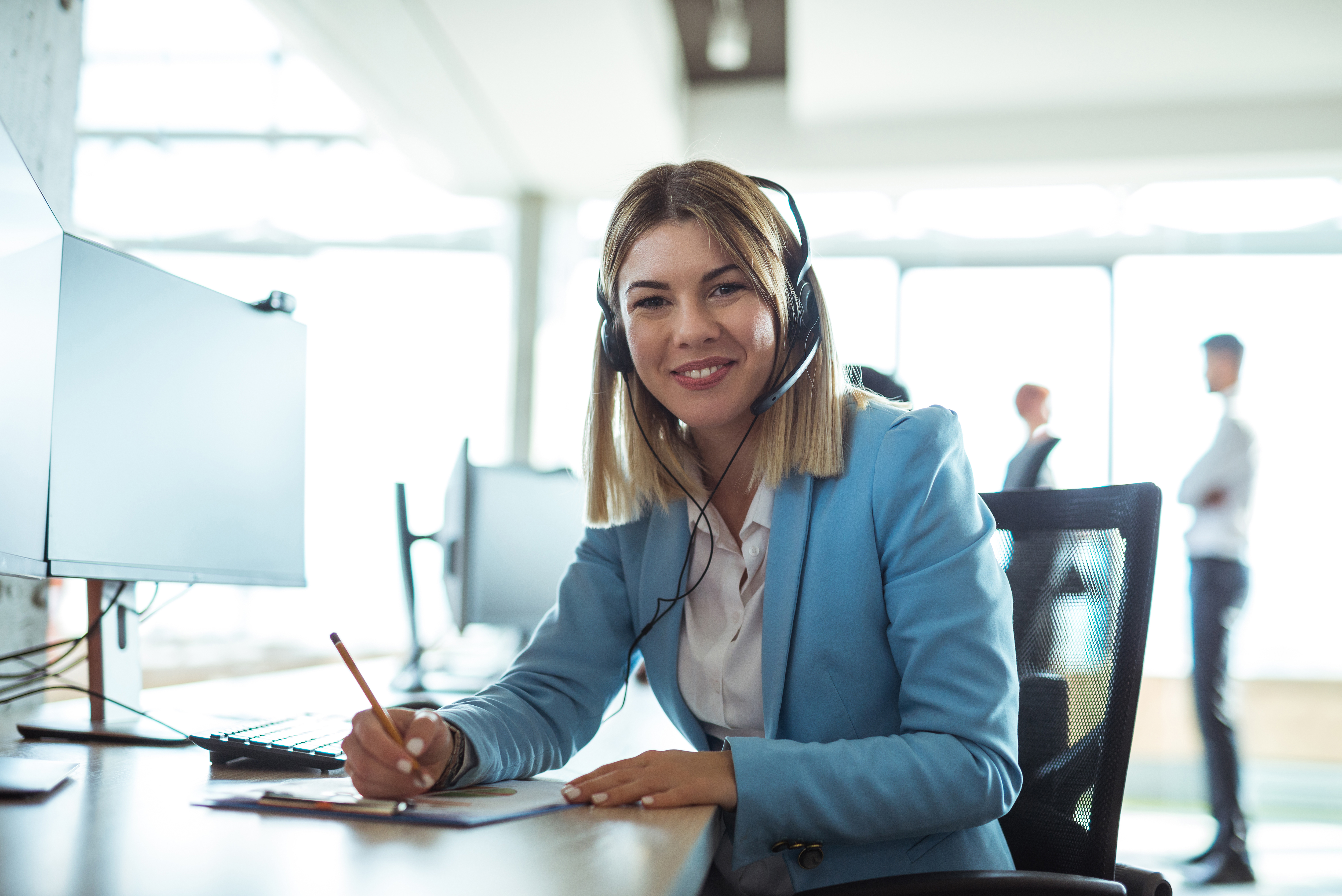All Categories
Featured
Table of Contents
- – Who Is The Best Answering Service Faqs - Questi...
- – Who Makes The Best The Best Answering Service ...
- – What Are The Best Professional Call Answering ...
- – What Is The Best Answering Adelaide - Phone A...
- – What Is The Best Live Call Answering - Virtua...
- – What Is The Best Phone Answering Services - ...
Who Is The Best Answering Service Faqs - Questions & Answers Service
This device and its followers were designed by Sava Jacobson, an electrical engineer with a personal consulting organization. While early voice mail utilized magnetic tape technology, many modern-day devices utilizes solid state memory storage; some devices use a combination of both, with a solid-state circuit for the outgoing message and a cassette for the inbound messages.
"toll saving" below) (virtual telephone answering service). This works if the owner is screening calls and does not wish to consult with all callers. In any case after going, the calling party needs to be informed about the call having been answered (in most cases this begins the charging), either by some remark of the operator, or by some greeting message of the little, or addressed to non-human callers (e.
This holds especially for the Little bits with digitally stored welcoming messages or for earlier makers (prior to the rise of microcassettes) with a special unlimited loop tape, separate from a second cassette, committed to recording. There have actually been answer-only devices without any recording abilities, where the welcoming message needed to notify callers of a state of present unattainability, or e (business answering service).
Who Makes The Best The Best Answering Service For Clinics

about schedule hours. In recording Littles the welcoming normally contains an invitation to leave a message "after the beep". An answering maker that utilizes a microcassette to tape messages On a dual-cassette answerphone, there is an outbound cassette, which after the specified variety of rings plays a pre-recorded message to the caller.

Single-cassette answering devices contain the outgoing message at the start of the tape and inbound messages on the staying area. They initially play the statement, then fast-forward to the next available area for recording, then tape-record the caller's message. If there are lots of previous messages, fast-forwarding through them can trigger a considerable delay.
This beep is often referred to in the greeting message, requesting that the caller leave a message "after the beep". TADs with digital storage for the taped messages do not reveal this hold-up, obviously. A little may use a remote control center, whereby the answerphone owner can call the home number and, by going into a code on the remote telephone's keypad, can listen to taped messages, or erase them, even when away from home.
What Are The Best Professional Call Answering Services: Everything You ... Companies?

Thereby the device increases the number of rings after which it addresses the call (usually by two, leading to four rings), if no unread messages are presently saved, but answers after the set variety of rings (normally two) if there are unread messages. This permits the owner to learn whether there are messages waiting; if there are none, the owner can hang up the phone on the, e.
Some machines also enable themselves to be remotely triggered, if they have actually been turned off, by calling and letting the phone ring a certain big number of times (normally 10-15). Some provider abandon calls currently after a smaller sized number of rings, making remote activation impossible. In the early days of Little bits a special transmitter for DTMF tones (dual-tone multi-frequency signalling) was regionally needed for remote control, since the previously used pulse dialling is not apt to convey appropriate signalling along an active connection, and the dual-tone multi-frequency signalling was implemented stepwise.
Any incoming call is not recognizable with respect to these properties in advance of going "off hook" by the terminal equipment. So after going off hook the calls must be changed to appropriate devices and only the voice-type is immediately accessible to a human, but perhaps, however must be routed to a LITTLE (e.
What Is The Best Answering Adelaide - Phone Answering Services Available
What if I told you that you do not have to actually choose up your gadget when answering a customer call? Someone else will. So hassle-free, ideal? Addressing telephone call does not require someone to be on the other end of the line. Efficient automated phone systems can do the technique just as effectively as a live agent and often even much better.
An automatic answering service or interactive voice action system is a phone system that interacts with callers without a live individual on the line - local phone answering service. When companies utilize this technology, customers can get the response to a question about your service simply by utilizing interactions established on a pre-programmed call flow.
Although live operators upgrade the client service experience, lots of calls do not need human interaction. A basic documented message or guidelines on how a client can recover a piece of details generally solves a caller's immediate requirement - answer phone service. Automated answering services are a basic and effective way to direct inbound calls to the best person.
What Is The Best Live Call Answering - Virtual Reception Deal Out There
Notification that when you call a company, either for assistance or item questions, the first thing you will hear is a pre-recorded voice greeting and a series of choices like press 1 for customer care, press 2 for queries, and so on. The pre-recorded options branch out to other options depending upon the client's selection.
The phone tree system assists direct callers to the right individual or department using the keypad on a cellphone. In some circumstances, callers can use their voices. It deserves noting that auto-attendant choices aren't restricted to the ten numbers on a phone's keypad. Once the caller has picked their very first option, you can design a multi-level auto-attendant that uses sub-menus to direct the caller to the right sort of support.
The caller does not have to interact with a person if the auto-attendant phone system can handle their concern. The automated service can path callers to a worker if they reach a "dead end" and need help from a live agent. It is pricey to hire an operator or executive assistant.
What Is The Best Phone Answering Services - Usa, Europe?
Automated answering services, on the other hand, are considerably less costly and provide significant cost savings at an average of $200-$420/month. Even if you do not have committed personnel to handle call routing and management, an automatic answering service enhances efficiency by permitting your team to focus on their strengths so they can more effectively invest their time on the phone.
A sales lead routed to consumer service is a lost shot. If a customer who has item questions reaches the incorrect department or receives incomplete answers from well-meaning workers who are less trained to manage a specific type of concern, it can be a reason for disappointment and frustration. An automatic answering system can reduce the number of misrouted calls, thereby assisting your employees make much better usage of their phone time while freeing up time in their calendar for other jobs.
With Automated Answering Systems, you can develop a customized experience for both your personnel and your callers. Make a recording of your primary welcoming, and simply update it routinely to reflect what is going on in your organization. You can create as numerous departments or menu choices as you want.
Table of Contents
- – Who Is The Best Answering Service Faqs - Questi...
- – Who Makes The Best The Best Answering Service ...
- – What Are The Best Professional Call Answering ...
- – What Is The Best Answering Adelaide - Phone A...
- – What Is The Best Live Call Answering - Virtua...
- – What Is The Best Phone Answering Services - ...
Latest Posts
Business Answering Service ( TAS)
Fast Custom Phone Answering
Best Business Answering Service Near Me ( Geelong)
More
Latest Posts
Business Answering Service ( TAS)
Fast Custom Phone Answering
Best Business Answering Service Near Me ( Geelong)